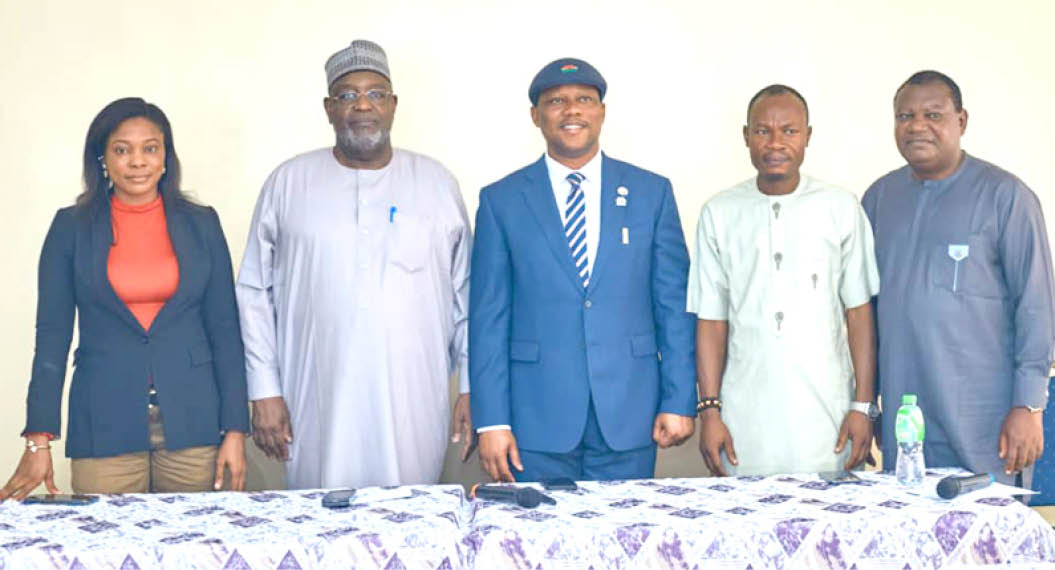Cybersecurity expert testifies in Obi’s petition against Tinubu
The Labour Party and its presidential candidate, Peter Obi on Thursday fielded more witnesses in aid of its petition at the Presidential Election Petition Court.
The petitioners are protesting the outcome of the last presidential elections wherein the Independent National Electoral Commission declared Bola Tinubu as the elected president.
Tinubu contested under the platform of the All Progressives Congress.
During the resumed hearing in the matter, Ugwuoke who was led in evidence by the petitioners’ counsel, Patrick Ikweato, SAN, insinuated that the Amazon Web Service could not have shut down as it was the responsibility of the service provider to be up and running.
The AWS was the web host of the INEC Results Viewing portal where the election results were to be uploaded.
Under cross-examination by counsel to the electoral commission, Abubakar Mahmoud, the witness averred that the AWS model has a shared responsibility model between the service provider and the clients.
He maintained that it is the responsibility of the company to guarantee the security of its customers.
Furthermore, Ugwuoke explained that there are three components of shared responsibility between the company and INEC – confidentiality, integrity, and availability.
The witness noted that “availability” remains the responsibility of AWS.
In his words, ” It means it will always be available. It won’t shut down. This is the responsibility of AWS. The cloud trail will explain the availability of AWS infrastructure.”
Under cross-examination by counsel for the APC, Lateef Fagbemi, SAN, the witness affirmed that there is a Service Level Agreement between the service provider (AWS) and clients (INEC).
He said the agreement contained details of security features.
The cyber security expert further informed the court that whereas election results ought to be domiciled on the INEC Results Viewing portal, what is seen in some uploads are ”incorrect uploads such as a picture of a book rather than a result.”
He insisted that the chances of errors being detected after the deployment of an application are negligible.
However, he said such errors are more likely to be detected at the testing stage of an application.











